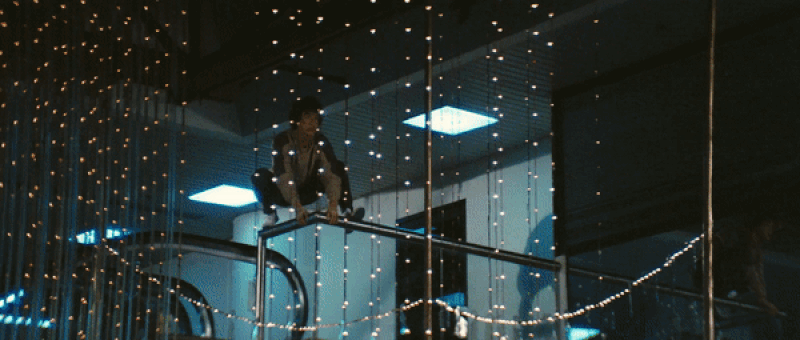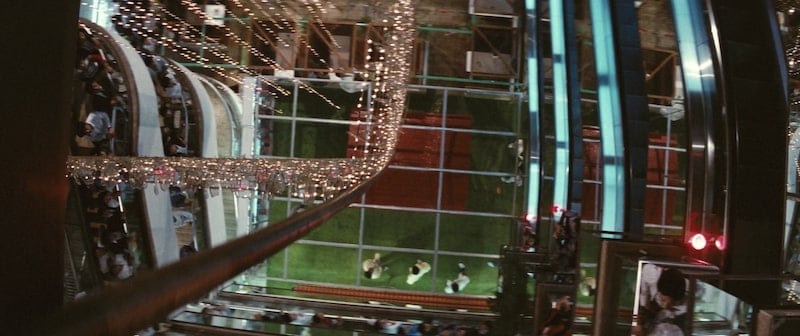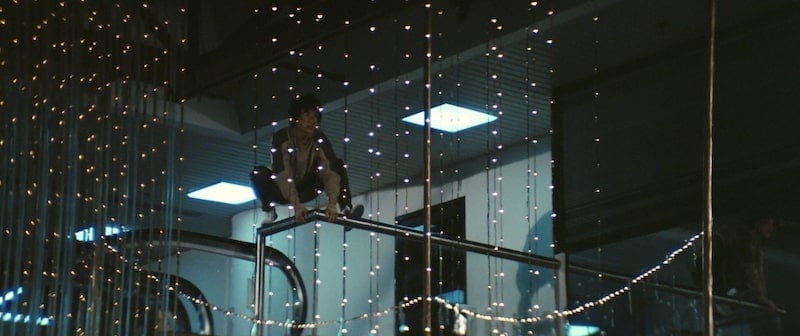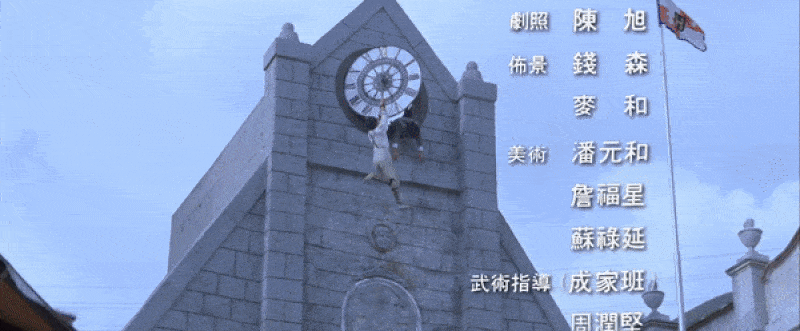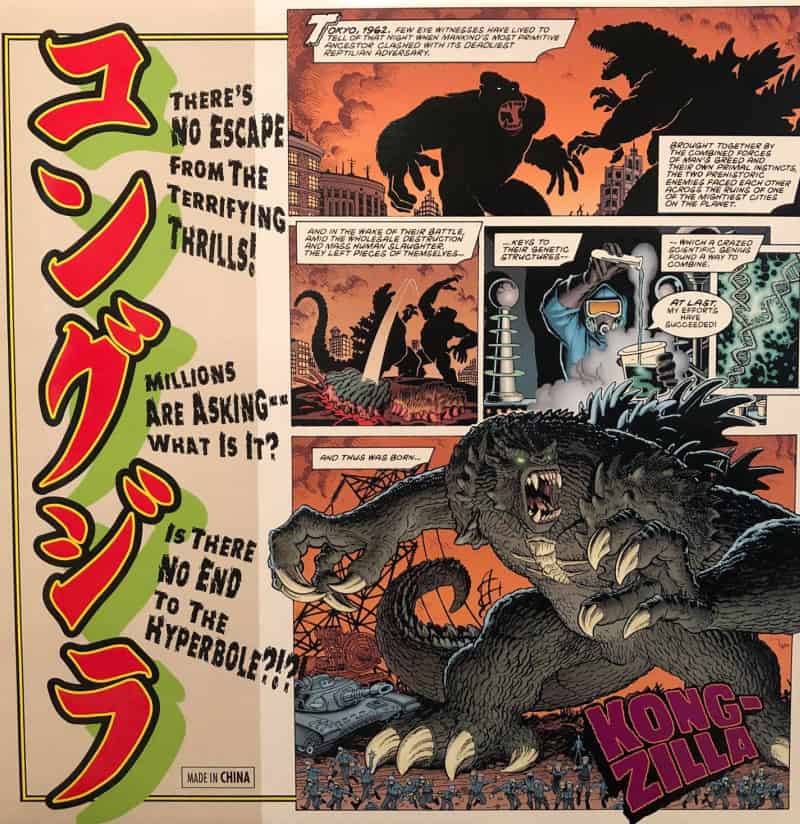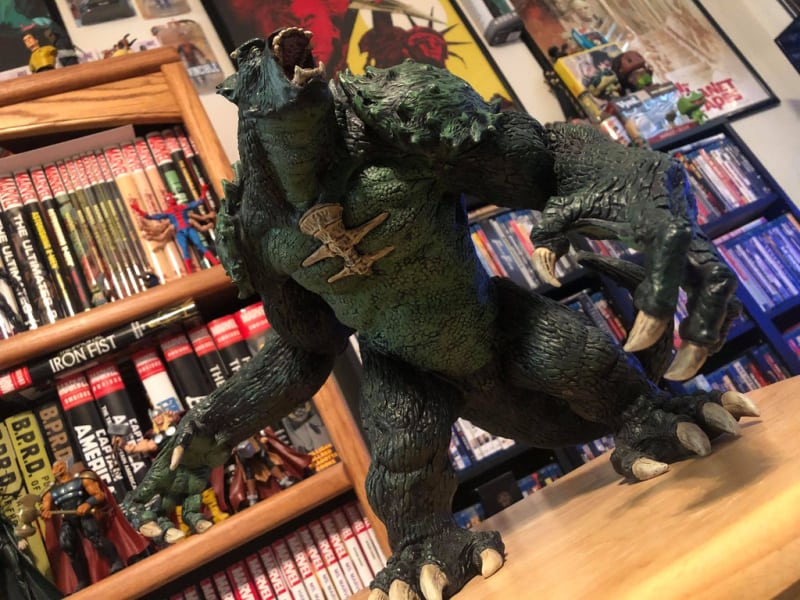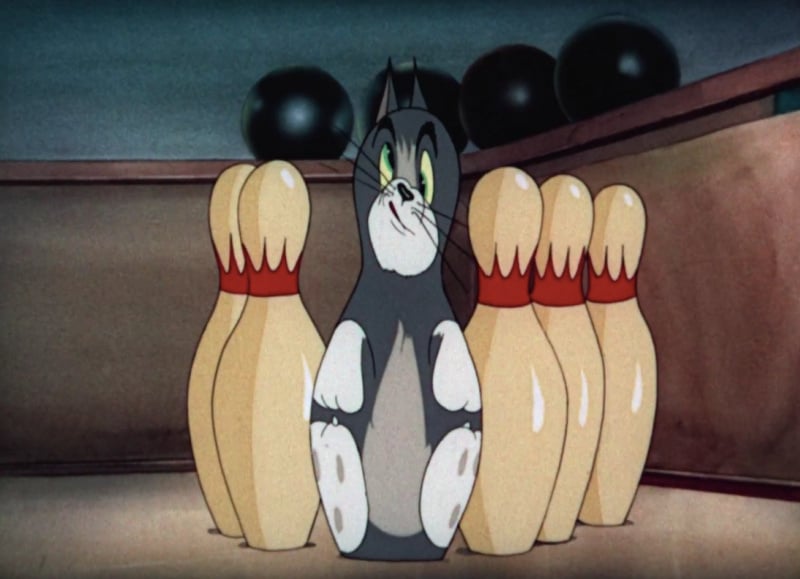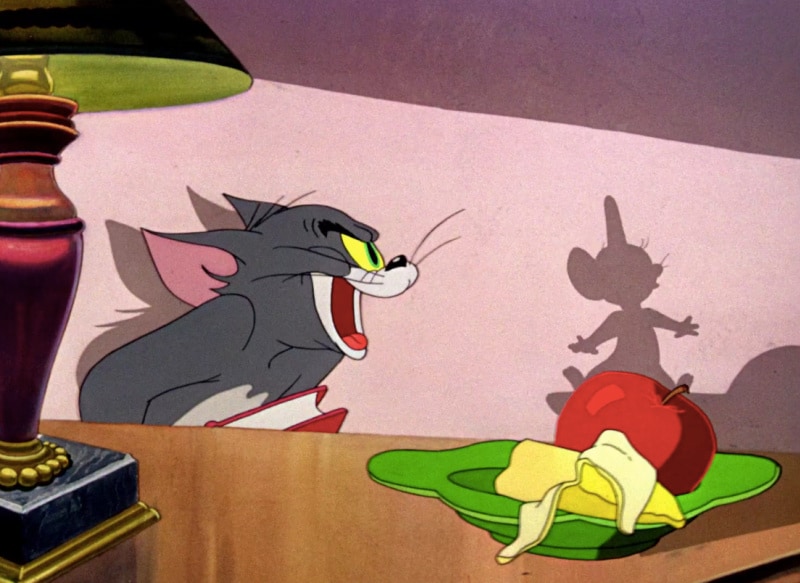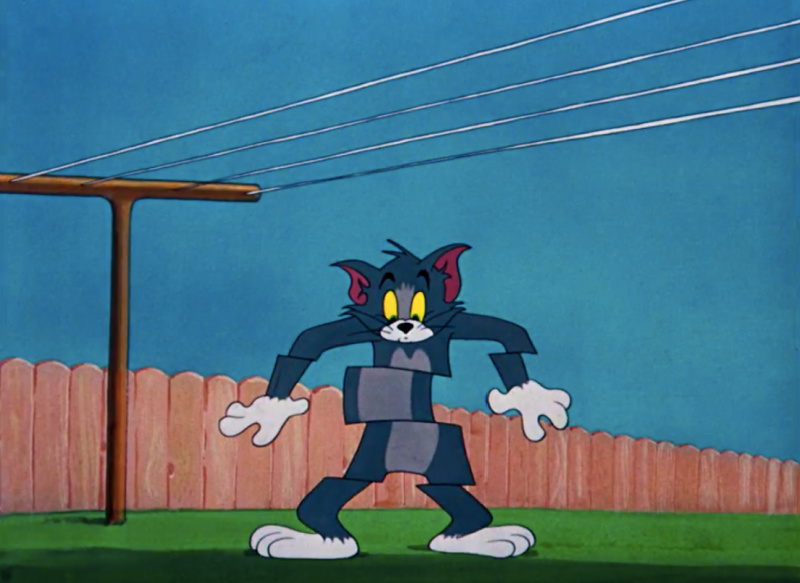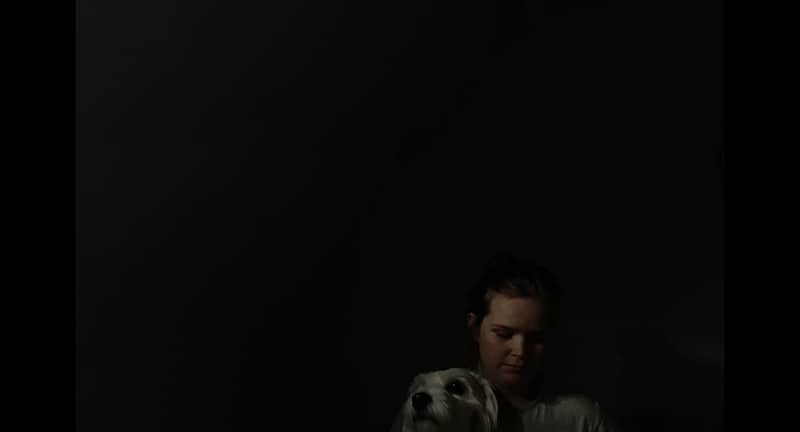Beyond the Classics is a bi-weekly column in which Emily Kubincanek highlights lesser-known old movies and examines what makes them memorable. In this installment, she highlights the silent cinema pioneer Maria P. Williams and her film Flames of Wrath.
Recognition for African Americans who shaped early Hollywood cinema has only come about recently. However, while male African-American filmmakers such as Oscar Micheaux are finally getting their due attention, female African-American filmmakers are still vastly underappreciated. Black women have had their hand in nearly every facet of filmmaking from at least the 1920s, but there is still very little research or historical discussion on them and their work.
Maria P. Williams is one filmmaker who illustrates how Black women succeeded in making films when Hollywood wanted to exclude them and why these women need to become a household name. Her first and only film, Flames of Wrath, remains a historical achievement, and her life is just as fascinating as her legacy.
Williams was born Maria P. Morris in Versailles, Missouri, in 1866. Not much is documented about her early life, but it is believed that she was a schoolteacher in the late 1800s as a young woman. While teaching, she traveled around the state of Kansas giving speeches and lectures on “topics of the day,” including politics and social justice.
She finally settled permanently in Kansas City and shifted towards using newspapers as her outlet for social change. She edited the weekly paper New Era as the editor-in-chief. This led her to then edit and publish her own newspaper called Women’s Voice from 1896 to around 1900. Like her lectures, Women’s Voice published stories and essays on “timely topics,” including the freedom of Cuba during the Spanish-American War in 1898.
At the turn of the century, Williams continued to remain an active member of Kansas City’s political area, as she published a short pamphlet on social issues titled “My Work and Public Sentiment” in 1916. Sadly, only the first page is available online through the New York Public Library’s digital collections. This page does show that she discusses her personal life in this pamphlet and was a national organizer for The Good Citizens League.
A portion of the money she made off of the pamphlet went to “the suppression of crime among Negros.” What we do know about Williams is that she was a self-sufficient woman dedicated to creating a difference in her community and spearhead a lot of progressive movements.
The same year she published her pamphlet, she married Jesse L. Williams, an African-American entrepreneur who owned several businesses in Kansas City. These included a movie theater, which Maria managed along with her husband. Their connection to the distribution and release of films for African-American audiences helped her achieve her goal of making her own film.
The couple created a production company, Western Film Producing Co., so that they could distribute the film she wanted to make. Jesse was the president of the company, while Maria served as the secretary and treasurer according to records documenting the company. It is obvious that she did much more than what is written down, though, so her control of her and her husband’s businesses could have been more than what we know.
In 1923, the Western Film Producing Co. released Flames of Wrath, a mystery drama film consisting of five reels and described as a film “written, acted and produced entirely by colored people.” Maria P. Williams is officially credited as writer, producer, and actor in the movie, but her responsibilities for the project could have extended further than that.
The film begins with the murder and robbing of P.C. Gordon. The diamond ring he bought for his wife’s birthday is taken, and one of the thieves, C. Dates, is arrested. A female prosecutor, played by Williams, presents a damning case for Dates, and he is sentenced to ten years in jail. He escapes prison and searches for the ring he buried in a park. But he’s too late. A boy playing in the lot where Dates buried the ring found it and gave it to his older brother, Guy.
Guy shows the ring to a no-good lawyer named William Jackson, who devises his own plan to steal the ring. William’s stenographer, Pauline, gets wind of his scheme, but he fires her before she can get him in trouble. Dates still evades capture years later, and William gains power in the town when he is elected district attorney. He orders the arrest of Guy as revenge for never getting to steal his ring, but with Pauline’s help, Guy is proven innocent. Dates finally gives up on life on the run and he turns himself in, only to be pardoned.
Jesse and Maria Williams knew how to distribute their film to African-American theaters, and Flames of Wrath played in the southeastern US, but much of what we know about the movie stops there. It was considered lost for decades until the UCLA Young Research Library obtained a single frame of the movie in the acquisition of George P. Johnson‘s papers in 1992. Strangely, the Online Archive of California describes Flames of Wrath as a Western, so perhaps there is more to the plot than we know.
Johnson was an African-American writer, producer, and distributor himself from 1916 to 1923, and his collection at UCLA is full of some of the few photographs we have of African Americans in silent cinema. While not being able to watch Maria P. Williams’ film now is a huge loss, it is remarkable that a single frame is able to be preserved as a record of a time so hard to find physical evidence of.
Williams never made another film that we know of after Flames of Wrath. Her husband died in 1923 after they released their film, and she soon remarried. Historians believe she no longer made films after her husband passed, but much of her life after that is still unknown.
In January of 1932, Williams was approached by a stranger who needed help for their sick brother. They lured Williams out of her house but then shot her and left her on the side of the road. She was sixty-six when she was murdered, and to this day, her killer(s) has never been identified. For a woman who did such pioneering social justice work and filmmaking without much remembrance, this tragic death only contributed to her being mostly forgotten.
Thanks to historians including Aimee Dixon Anthony, Kyna Morgan, and Yvonne Welbon, we have not lost Maria P. Williams and other early African-American female filmmakers to the sands of time. They have uncovered what we know about women like Williams and Tressie Souders as well as the films they made.
In researching these women, historians have found that women married to African-American men in silent cinema had a larger hand in their films than they have been given credit for. Women like Eloyce King Patrick Gist and Alice B. Russell wrote, produced, and even directed some of the movies their respective husbands, James Gist and Oscar Micheaux, are known for today.
African-American press in the 1920s was excited to credit women as being “the first African-American woman to…” in filmmaking, but pinning down the true first woman of color in American cinema is difficult. Women could have aided their husbands without credit, and their stories have not been discovered yet.
Women who did make films at this time were not doing so together in one place. African-American women were making films independently from cinema hubs in Hollywood and New York. They stretched from Kansas City to Washington DC, and they were not largely in communication with one another. This isolation and vague record of their work make it hard to find when they really began.
On top of that, the roles of director and producer were not as strictly defined as they are today or even just a decade later in the 1930s. Oftentimes, filmmakers had duties that could have been considered directing or producing but only credited themselves in one role. The Norfolk Journal and Guide lauded Souders as the first African-American woman to direct a film in 1922 with her film A Woman’s Error. It is now believed that Souders might have done the work of both a director and producer. However, a year later, the same publication credited Williams as the first African-American woman to produce a film.
Regardless of their true order or defined roles, Williams, Souders, and the other female filmmakers of color had a huge impact on African-American silent films of the 1910s and 1920s. They pioneered an era of cinema that as a whole is largely lost in time, and even more scarce than their white counterparts. Their contributions to film may have been buried for decades, but we can still unearth their stories today.
Maria P. Williams was a remarkable writer, teacher, activist, and filmmaker. Her life and work deserve to be remembered alongside the African-American men and the white filmmakers of silent cinema. She and other women filmmakers entertained audiences of color by making films about crime, tragedy, family, and empathy, without the help of anyone else. That in itself is worthy of appreciation.
Header image from The New York Public Library via their Digital Collections site.
